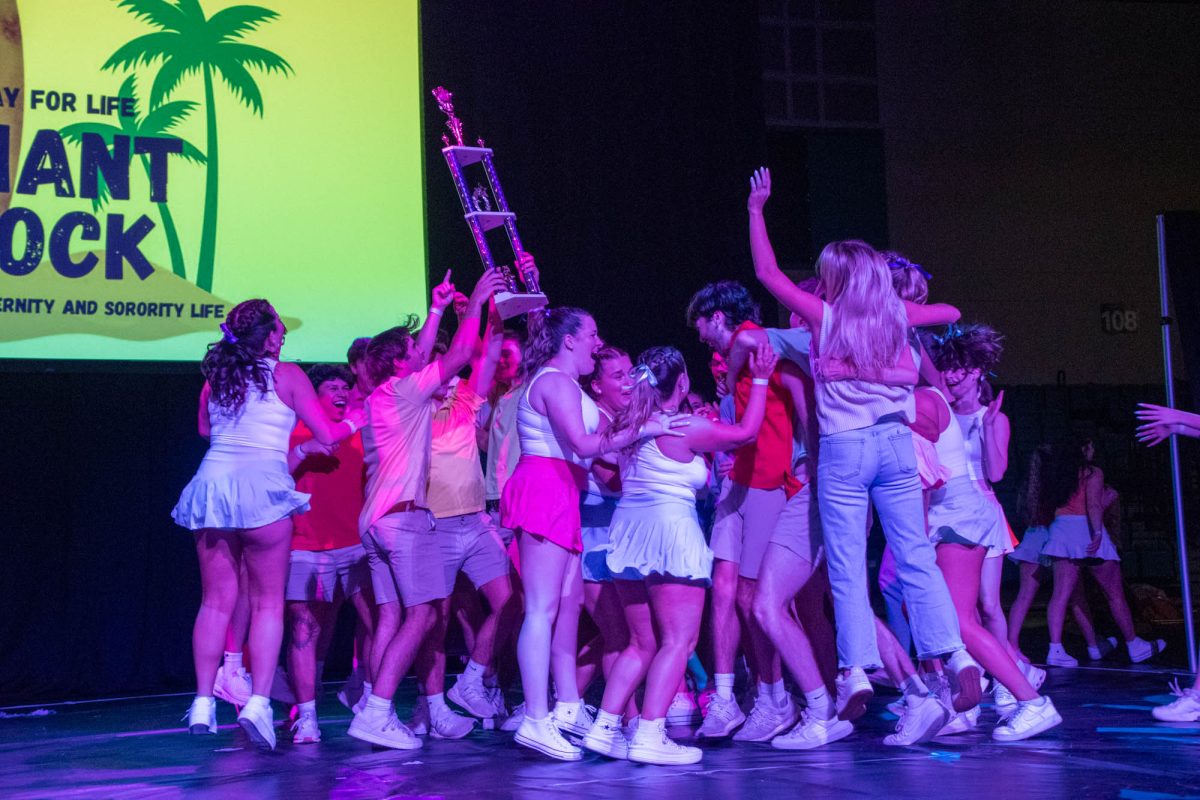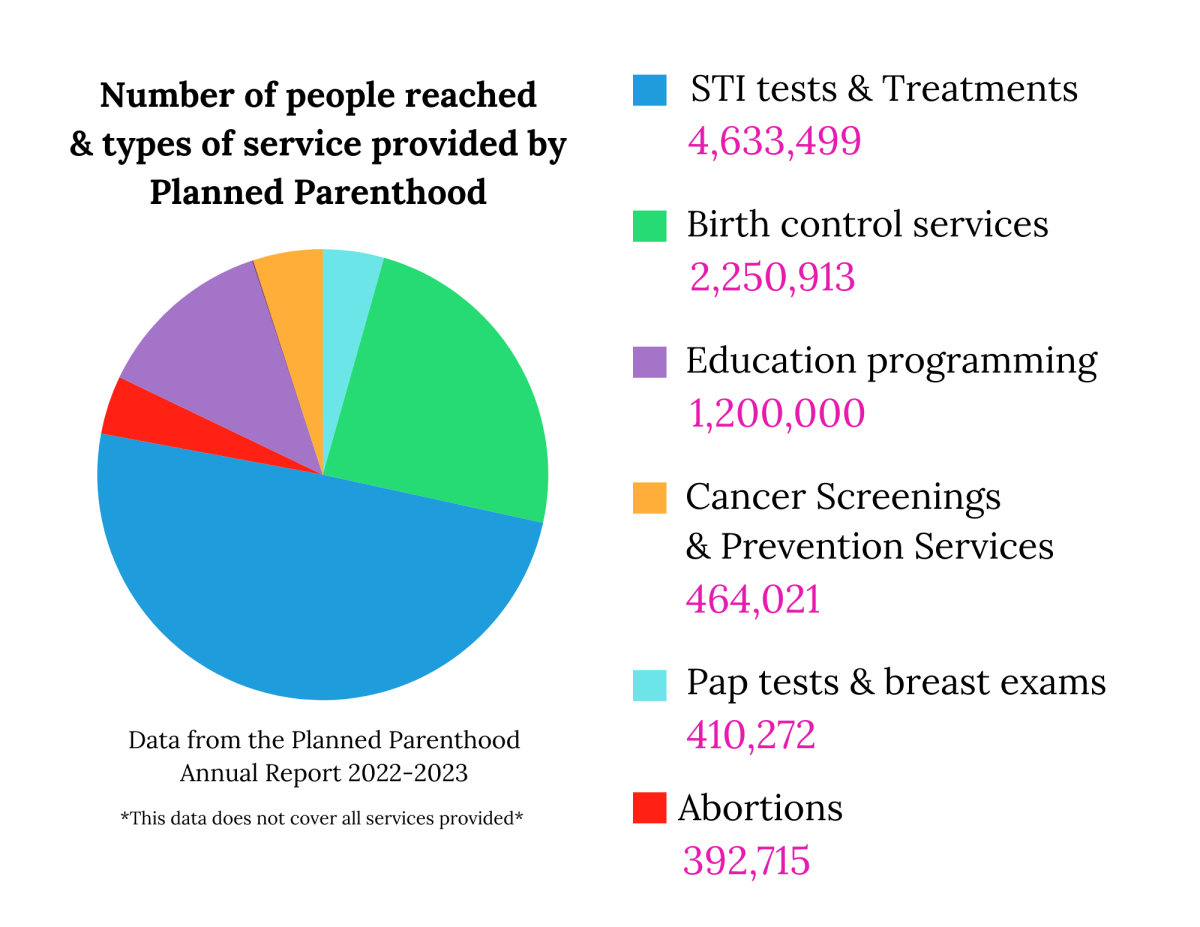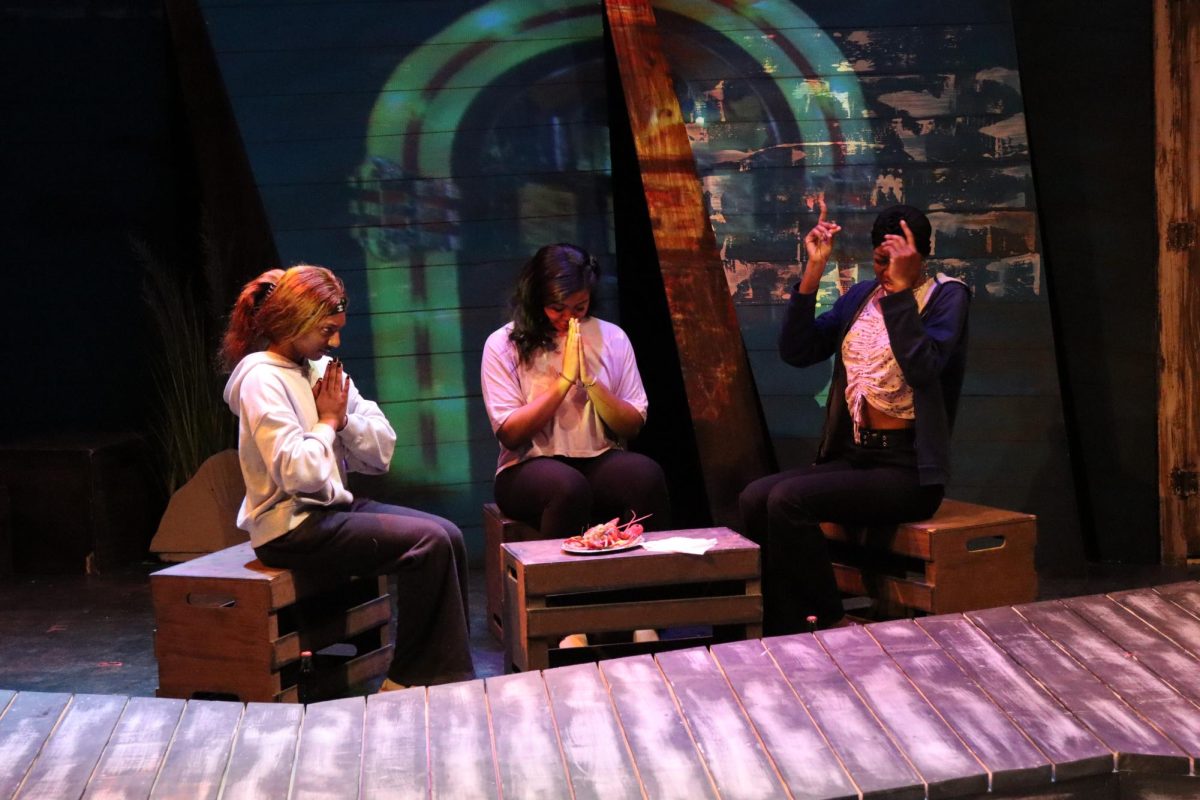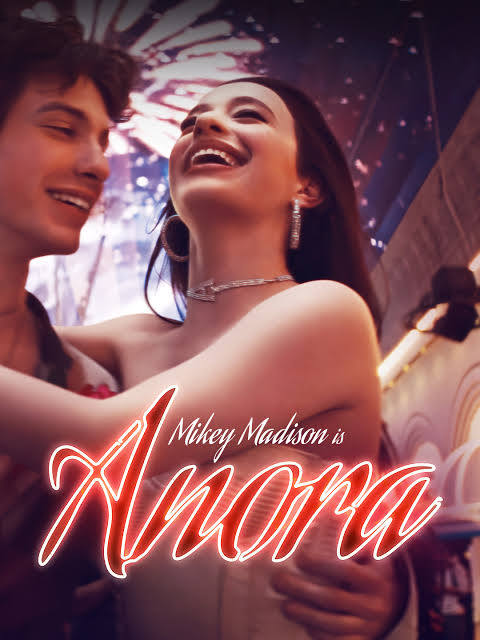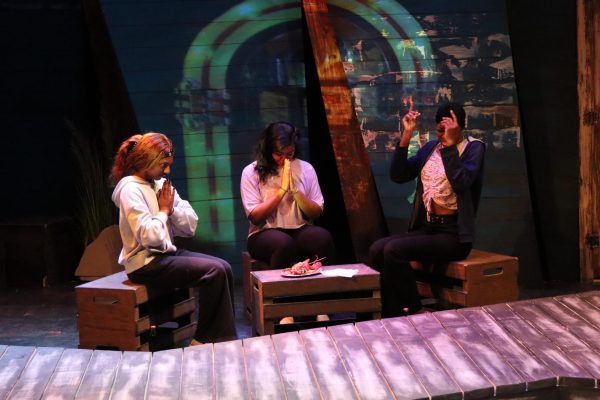“What’s your favorite scary movie?”
“Scream VI” offers fans of the franchise some nostalgia but not much else. Relying on what came before it by offering no fresh perspective, the sixth installment of the “Scream” franchise falls flat.
“Scream VI” follows Sam, played by Melissa Barrera, and Tara Carpenter (Jenna Ortega) and their friends Mindy (Jasmin Savoy Brown) and Chad (Mason Goodling) Meeks-Martin escaping the small town of Woodsboro to New York City in hopes of finding a fresh start. Despite Tara’s insistence to move on from what had happened back in Woodsboro in “Scream V,” her sister Sam is still on edge and fears that she will become like her father, the original Ghostface Billy Loomis.
The movie opens with the killing of a woman, dressed brightly against a dark backdrop of an ally suggesting her innocence, by a Ghostface fanatic. The movie then takes an interesting turn as it follows the killer home, revealing him to be a college kid obsessed with the “Stab” movies that are the “Scream” movies within this movie, creating a meta aspect.
However, the killer is no match for the true Ghostface when he faces him shortly after getting home. The true Ghostface mocks the kid’s own words as he is killed, setting up the movie to possibly be about revenge.
This leaves the audience and characters believing that Ghostface could be any of the new and returning cast members. This is intensified by the group being split often, leading to a few close calls in subway trains, convenience stores, and even in their own apartment. These scenes utilize classic horror movie set-ups such as intense music followed by dead silences when the killer gets close, lights cutting out, and red herrings galore.
Although the acting was average at best, these other elements were enough to entertain the theater and had me on the edge of my seat. Beyond the mystery, I was also invested in the nods towards the deeper meaning.
In the beginning, the movie prepared for conversations about coping with trauma and even a little bit to do with misogyny. However, by the ending of the movie, these themes fall away to nothing even when there were avenues of discussion with the meta-movie-within-a-movie setup. Instead, what could have been commentary became cheap comedic relief or patched up through more trauma.
So much was left unsaid that by the time the audience gets to the Ghostface reveal, there is a feeling of disappointment.

